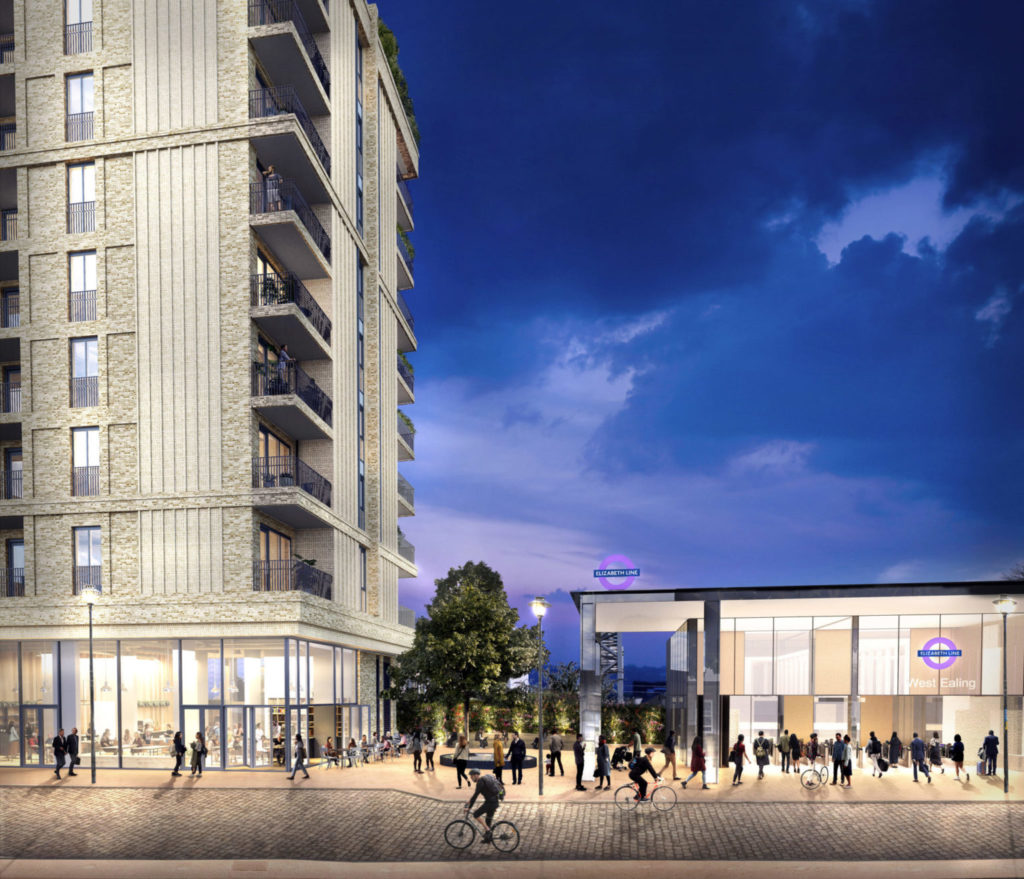Bridging Loans News:- The £500m redevelopment of Bermondsey’s former biscuit factory and campus in Southwark to offer 1,548 new homes has been approved by the Greater London Assembly, GLA.
The decision overturns Southwark council’s rejection of developers Grosvenor Britain & Ireland’s scheme last year because it offered insufficient social housing.
Architects KPF and Cottrell & Vermeulen’s re-worked application comprises buildings of five to 35 storeys with rooftop gardens. The GLA approved the scheme because the new application had increased the proportion of affordable homes.
Our Bridging Finance range covers auction purchases, to private sales and all levels of refurbishment works. Bridging finance is ideal when you need funding fast, with minimal fuss or paperwork.
| Product | Max LTV | Up to 50% LTV | 50.01 – 65.00% LTV | 65.01 – 75.00% LTV | Term & Repayment | Arrangement Fee |
|---|---|---|---|---|---|---|
| Residential
Including Light Refurbishment
|
Up to 75%
Lower of PP or MV |
0.43% pm | 0.53% pm | 0.60% pm | Maximum term 24 months No minimum interest or ERCs Interest Fully Rolled Up, Part-Rolled Up or Serviced (subject to affordability) The net advance will be less total potential interest over the term with the gross loan calculated as interest for the entire term and the arrangement fee added. |
1% -1.5%
Full fee added to
the loan. |
| Semi Commercial
Including Light Refurbishment
|
Up to 75%
Lower of PP or MV |
0.6% pm | 0.6% pm | 0.6% pm | ||
| Commercial
Including Light Refurbishment
|
Up to 70%
Lower of PP or MV |
0.75% pm | ||||
| Residential
Heavy Refurbishment
|
Up to 75%
Lower of PP or MV |
0.60% pm | 0.65% pm | 0.7% pm | ||
| Commercial and Semi Commercial
Heavy Refurbishment
|
Up to 70%
Lower of PP or MV |
0.83% pm | 0.83% pm | 0.7% pm | ||
London’s deputy mayor for planning, regeneration and skills, Cllr Jules Pipes, said:“The site has the potential to deliver more than 1,500 new homes in an area of London with a high demand for affordable housing, close to transport links and central London.
“It will also provide new facilities for a secondary school which is currently housed in dated buildings.Overall, it would make a significant contribution tothe regeneration of this part of Bermondsey.”
The proportion of affordable housing has increased from 27.5 to 35 per cent with 342 homes offered at a discount market rate and 140 at social rent levels for tenants referred by the local authority.
London mayor Sadiq Khan saw the application last May and decided to take it over for further scrutiny. Since his intervention, the number of homes has increased from 1,342 homes to 1,548.
Project set to boost Bermondsey’s economy
The plans include new facilities for a600-pupil secondary school, 14,666 sqm of flexible commercial space, including affordable workspaces, and 3,436 sqm of retail space.They also include five acres of open land with 141 new trees planted and two new pedestrian routes through nearby railway arches.
Grosvenor’s major projects executive director, Simon Harding Roots, said: “We have worked hard over the seven years we have owned the site. We have committed considerable time, energy and resources, and consulted widely. Time well spent to create a masterplan that is fully integrated with the surrounding long-standing community.”
It’s expected the project will generate 1,400 new jobs on completion as well as 1,500 jobs during construction.
Bridging Loans by HZA
Finance brokers Hank Zarihs Associates said development finance lenders would be keen to offer funding given the scheme’s central location. The 6.2ha siteis just five minutes’ walk from Bermondsey tube and ten minutes’ walk from Canada Water.












